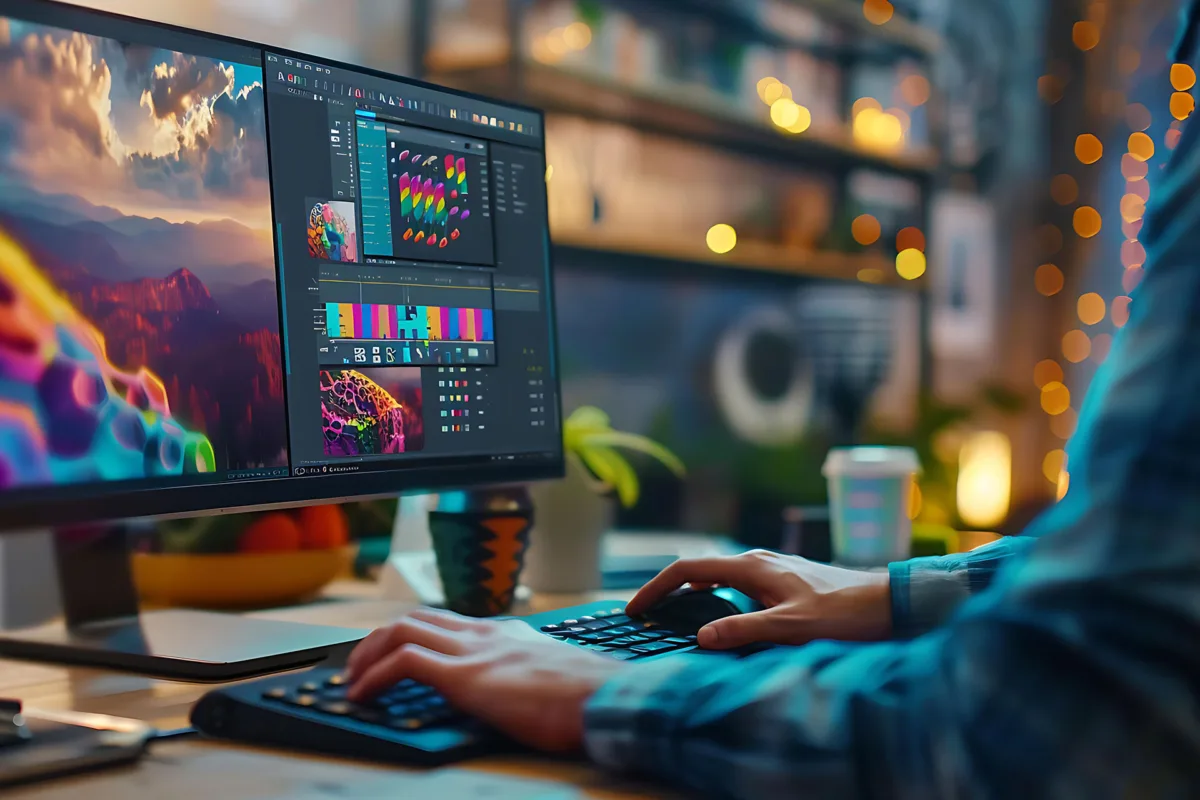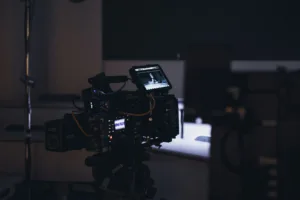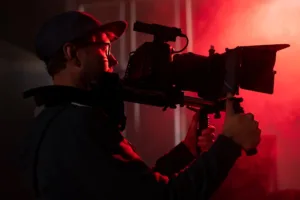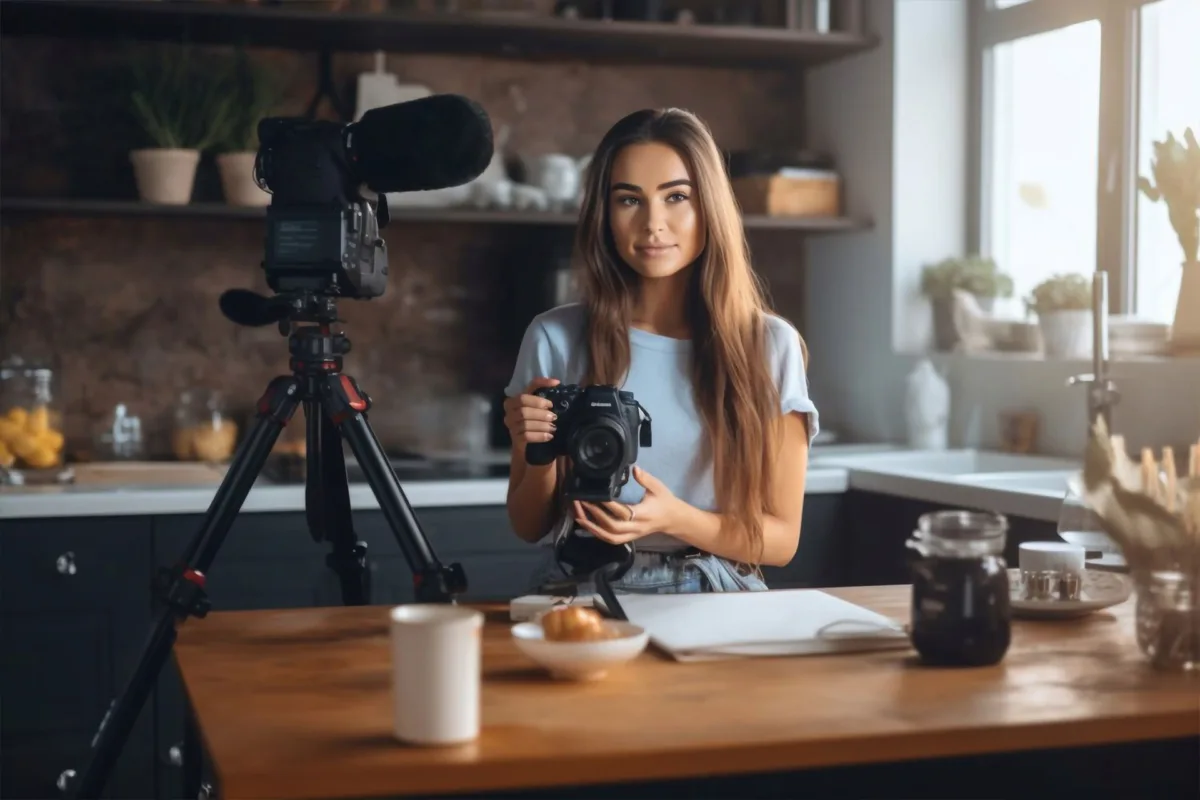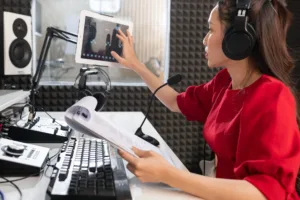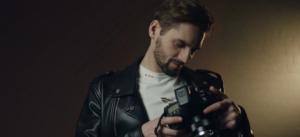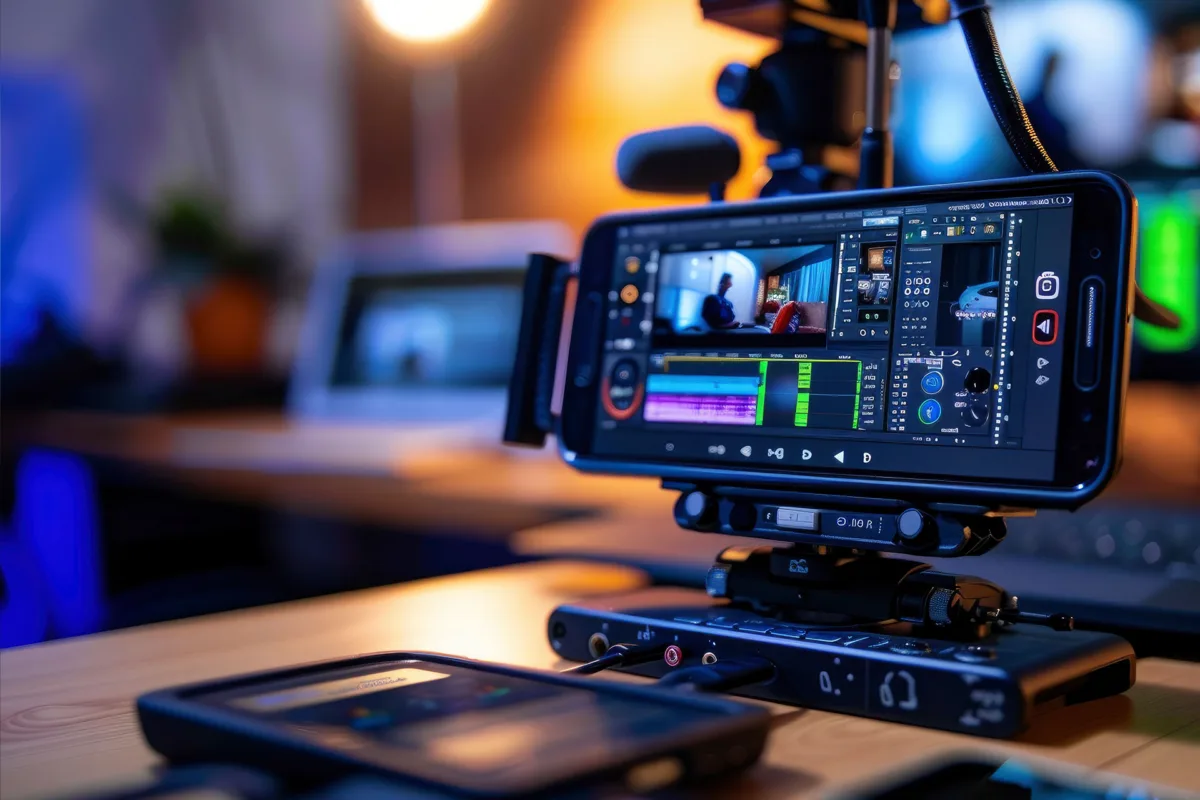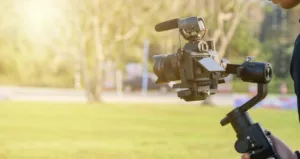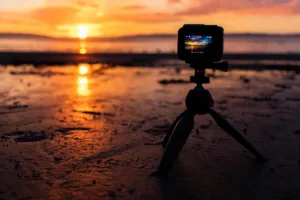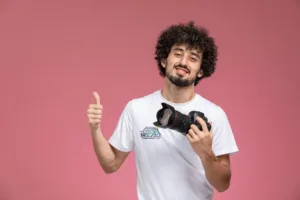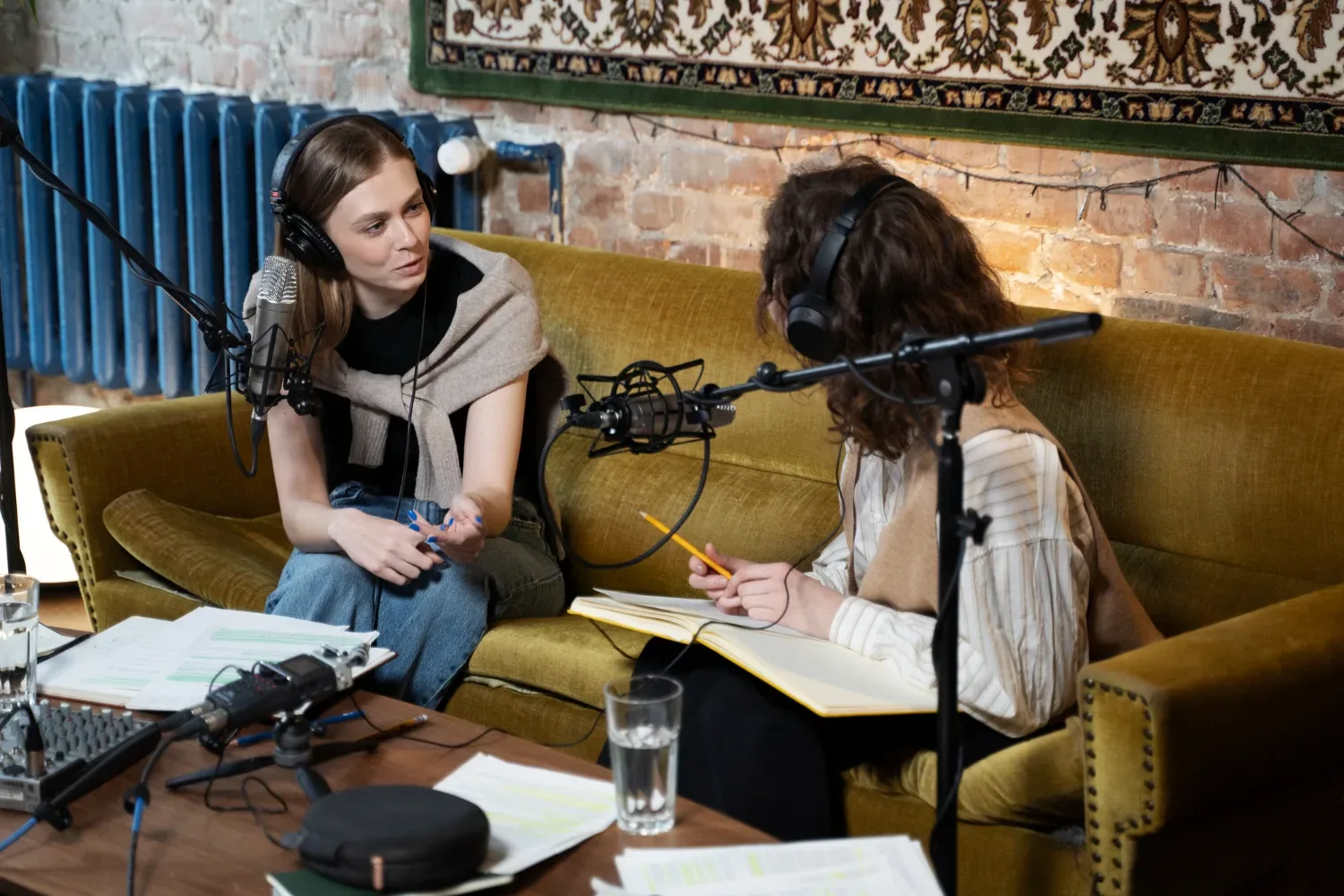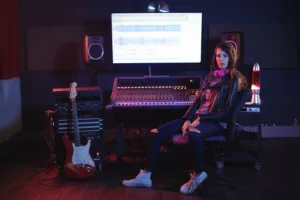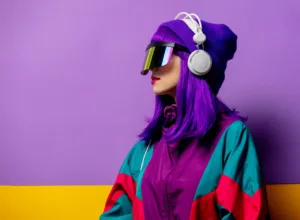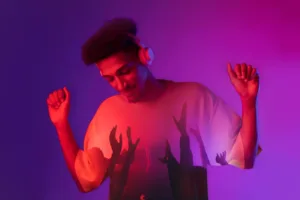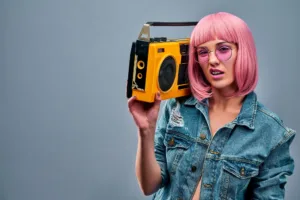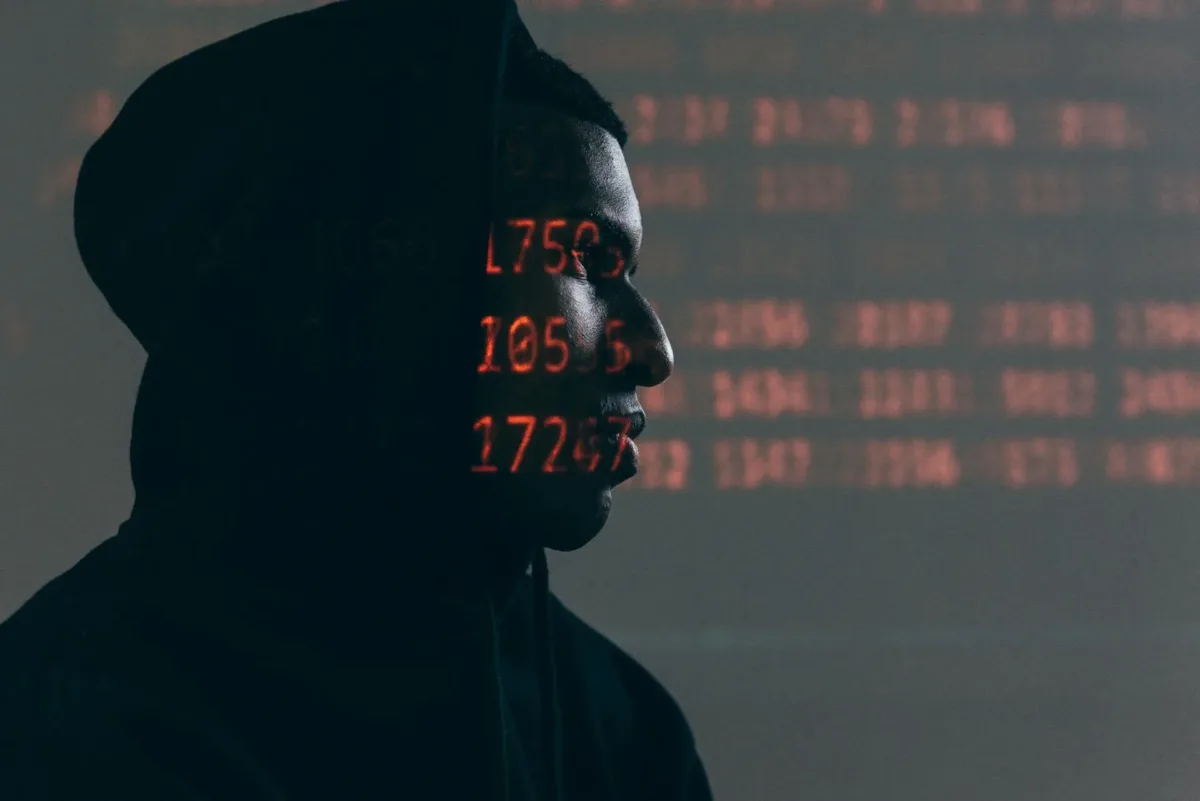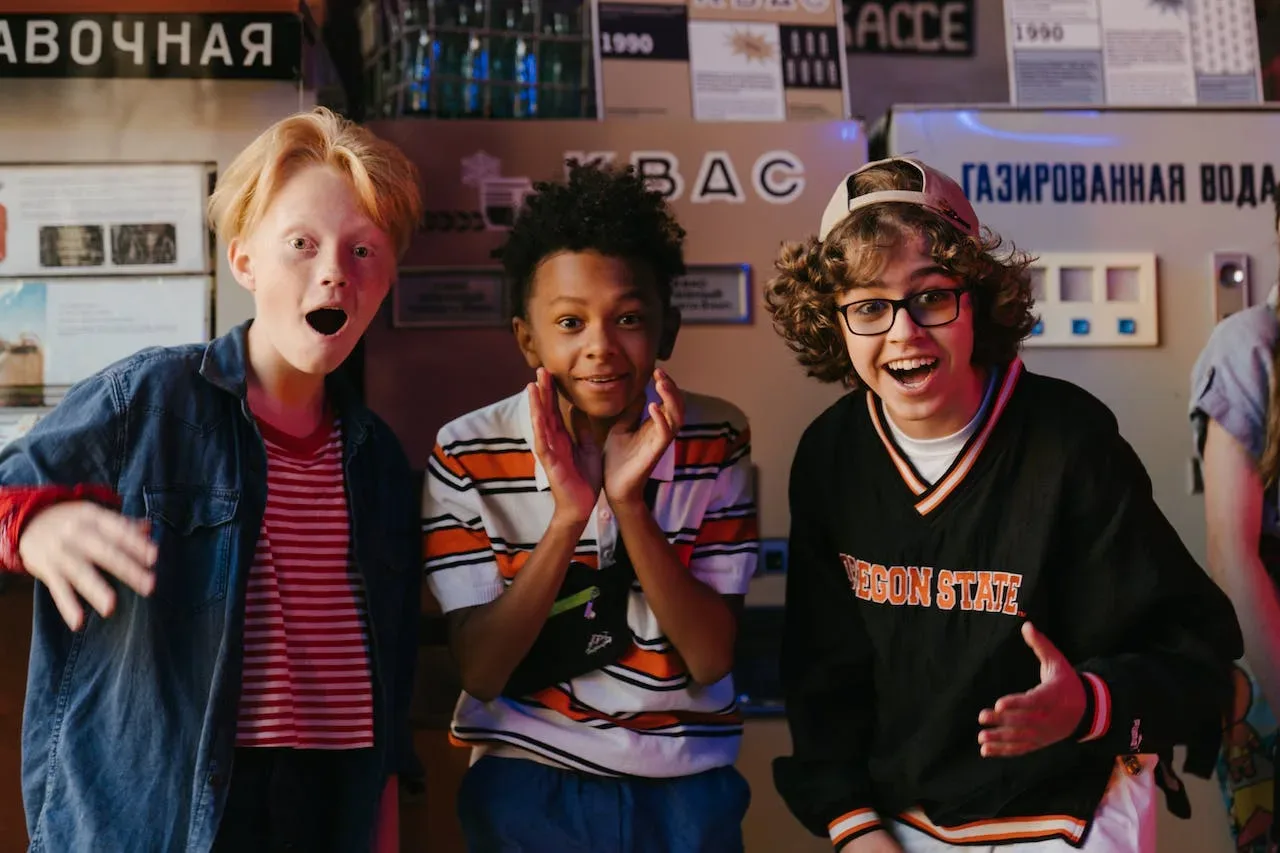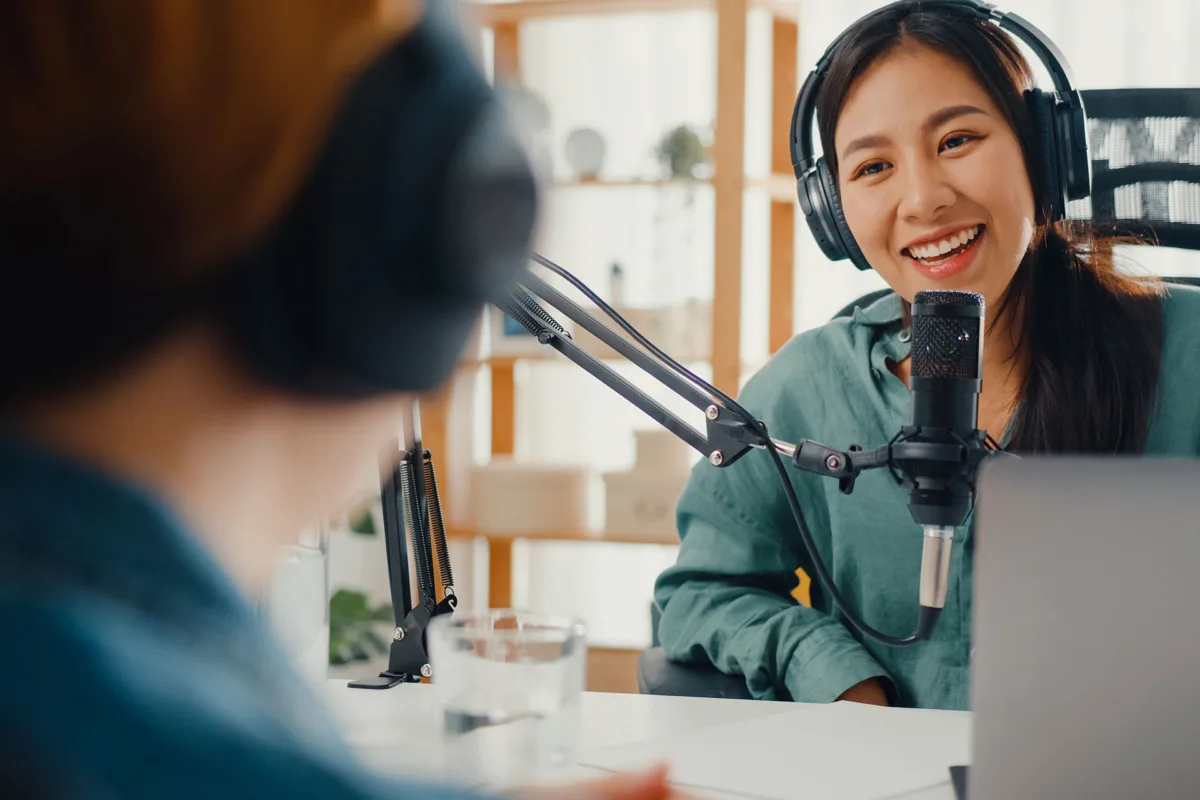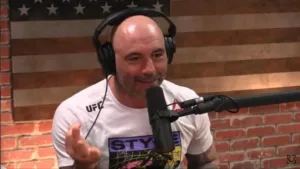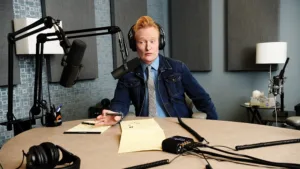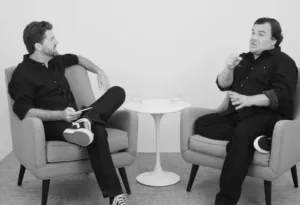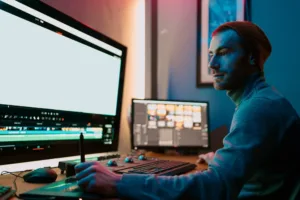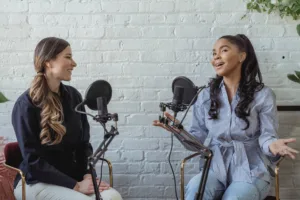Choosing and Using Royalty Free Music for Videos:
Getting The Best Out Of Royalty Free Music Your Videos
In video creation, music isn’t just a nice touch—it’s the spark that makes your content unforgettable! The perfect soundtrack pulls viewers in, amps up engagement, and makes your videos look like a million bucks.
With royalty free music, you get all the impact without the hassle (or cost!) of licensing issues. Whether you’re crafting YouTube vids, snappy social clips, sleek commercials, or polished corporate projects, royalty free tracks are your new best friend. And guess what?
TuneCutter offers a huge library of totally free, high-quality music for every vibe and style you need. Ready to turn up the volume on your content? Let’s get started!
What is Royalty Free Music for Videos?
Royalty free music refers to music that can be licensed for a one-time fee or free of charge without recurring royalties. This makes it especially useful for video content creators who need background or thematic music but want to avoid complex copyright issues or expensive licenses. Choosing royalty free music enables seamless integration of high-quality soundtracks into your content without risking copyright infringement or facing hidden costs.
For video creators, royalty free music is available across genres and styles, providing flexibility for:
- YouTube videos and vlogs
- Social media content on Instagram, Facebook, and TikTok
- Corporate videos and presentations
- Commercials and promotional campaigns
- Short films and cinematic projects
Using royalty free music lets you add background, cinematic, or mood-specific tracks to align with your project’s tone and style.
Benefits of Royalty Free Music for Video Content
Affordable and Accessible
Royalty free music providers like TuneCutter offer a large selection of high-quality, 100% free tracks with no subscription requirements. This means you can access an impressive library of music for any type of video content without breaking your budget.
Easy Licensing and Usage
Once you license royalty free music, you’re free to use it in a variety of projects. For video creators who release content across different platforms, the ease of reusing licensed music across channels—such as in YouTube videos, corporate presentations, and social media ads—simplifies production workflows.
Enhances Audience Engagement
Music has a proven impact on emotional engagement. Thoughtfully chosen music elevates a video’s impact and keeps viewers hooked, whether you’re producing content for YouTube, social media, or brand commercials. Background music in corporate videos, for example, can create a polished, professional impression, while cinematic music in short films heightens emotional storytelling.
Types of Royalty Free Music for Different Video Needs
To maximize the effect of music in your videos, it’s essential to choose tracks that align with the content’s purpose and platform. Here’s a breakdown of popular music styles and their best uses:
1. Royalty Free Music for YouTube
YouTube creators often seek tracks that are engaging yet non-intrusive. TuneCutter’s free music collection offers a variety of tracks suited for intros, outros, vlogs, and travel videos. Genres like lo-fi, pop, and ambient music work well for these, keeping the audience engaged without overpowering the main content.
2. Royalty Free Background Music
Background music plays a critical role in videos where spoken content is the focus. Look for instrumental or ambient music that creates atmosphere without distracting from narration or dialogue. TuneCutter offers many options in this category, from subtle acoustic to light electronic beats, ideal for instructional videos, corporate presentations, or educational content.
3. Royalty Free Music for Commercials
Music in commercials should reflect the brand’s identity and reinforce the ad’s message. Bright, upbeat music is often effective in creating a positive association with products, while soft acoustic or orchestral pieces lend credibility. TuneCutter’s extensive range includes catchy, memorable tracks that can be perfect for commercial videos aiming to captivate audiences quickly.
4. Royalty Free Music for Social Media
Social media platforms favor short, engaging videos, so music choices should be memorable but brief. Tracks that work well here include upbeat pop, funky beats, or modern electronic music. Platforms like Instagram and TikTok also often require copyright-safe music to avoid takedown notices, making royalty free options from TuneCutter ideal for social sharing.
5. Royalty Free Music for Corporate Videos
For corporate videos—whether presentations, training videos, or internal communications—music should be both professional and subdued. Soft background music, classical arrangements, or light electronic tracks tend to work well, adding polish without detracting from the message. TuneCutter’s free library includes many professional-grade options.
6. Royalty Free Music for Short Films
Short films benefit from cinematic music that elevates storytelling. Dramatic orchestral, ambient soundscapes, or emotional piano pieces create a richer viewing experience and support the film’s tone. TuneCutter’s offerings include several cinematic and instrumental tracks ideal for filmmakers seeking free, high-quality music for their projects.
7. Royalty Free Cinematic Music
Cinematic music adds depth and emotion, ideal for trailers, short films, or movie-like promotional videos. From intense orchestral scores to gentle piano interludes, cinematic music enhances storytelling and leaves a lasting impact. TuneCutter’s cinematic library offers powerful choices that are perfect for dramatic or emotional scenes.
Tips for Choosing the Best Royalty Free Music for Videos
Match Music to the Video’s Purpose
Consider the intended message and emotional response. For corporate videos, opt for professional and calm music, while social media content may benefit from catchy, upbeat tracks.
Choose a Track Length That Fits Your Content
Long-form videos on platforms like YouTube may need full-length tracks, while short social media clips can work well with shorter audio loops. TuneCutter offers a variety of track lengths for different needs.
Test Volume and Tempo for Balance
Ensure that the music complements rather than overwhelms your main content. Lower the background volume if there’s narration, or adjust the tempo to match the scene’s pacing.
Explore Genre Diversity
For YouTube or social media, experimenting with genres can create a unique brand style. Try mixing lo-fi, acoustic, or even jazz depending on the content type.
How TuneCutter Makes Finding Royalty Free Music Easy
TuneCutter provides a high-quality, diverse music library tailored to content creators’ needs. With 100% free, royalty-free music tracks and no subscription costs, TuneCutter simplifies the process of finding and using music legally. Key advantages include:
- Variety of Genres and Moods: From ambient and cinematic to upbeat and electronic, TuneCutter’s library supports a wide array of content types.
- Easy Search and Download Options: TuneCutter’s user-friendly platform allows quick searching and downloading of the perfect track.
- Safe for Commercial Use: Every track on TuneCutter is free to use, even for commercial projects, giving creators peace of mind.
Frequently Asked Questions
What is the best royalty free music for YouTube videos?
Royalty free music with moderate tempo and engaging beats, such as lo-fi or acoustic, works well for YouTube. TuneCutter offers a range of tracks ideal for vlogs and video intros.
Can I use royalty free music for commercials without paying royalties?
Yes! Royalty free music from providers like TuneCutter can be used in commercials without recurring royalties, making it perfect for businesses and brands.
Is royalty free music legal for corporate videos?
Absolutely. Royalty free music is commonly used in corporate settings, with TuneCutter offering free, high-quality options suited for professional presentations.
Where can I find royalty free cinematic music for short films?
TuneCutter’s library includes cinematic tracks ideal for short films, with genres like orchestral and ambient to heighten the emotional impact.
How can I make royalty free music quieter for background use?
Most video editing software allows volume adjustments to make background music subtler, which is useful for spoken content or presentations.
What are the best genres for royalty free social media music?
Upbeat pop, lo-fi, and modern electronic tracks perform well on social media due to their catchy and brief nature.
Elevate Your Videos with Free, High-Quality Music Today!
Royalty free music offers video creators a versatile and cost-effective way to enhance content without copyright complications. From YouTube to corporate presentations, TuneCutter’s comprehensive library provides music suited for every project type, all available at no cost. Get started with TuneCutter today and elevate your video content with high-quality, royalty free music!



